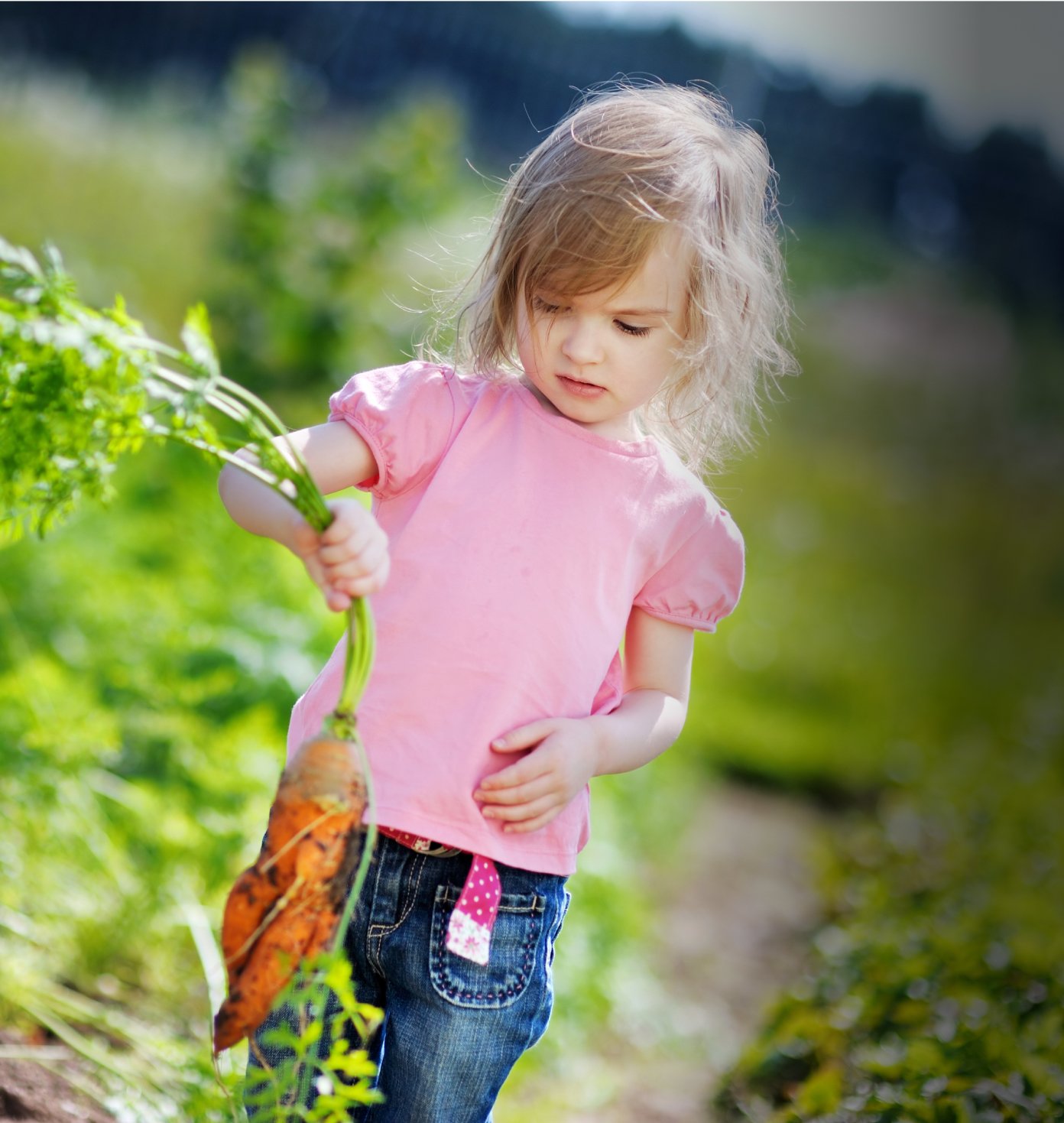Almost 1 in every dozen green beans tainted by a pesticide subject to strict EPA restrictions
WEDNESDAY, MARCH 20, 2024
When shopping for vegetables, consumers should be aware that green beans might contain traces of acephate or methamidophos – two insecticides linked with harm to the developing nervous system.
EWG’s analysis for the Shopper’s Guide to Pesticides in Produce™finds these chemicals in about 8 percent of non-organic, or conventional, green bean samples tested by the Department of Agriculture in 2021 and 2022. That may come as a surprise when you learn the Environmental Protection Agency over several years has taken steps to effectively ban the insecticides’ use on green beans.
In 2011, the EPA canceled its approval of the use of acephate on green beans grown in the U.S. for human consumption. It can still be used on green beans grown for seed.
But the agency didn’t immediately change its tolerances, the allowable limits for acephate that could still remain on food. Instead, it gave growers several years to finish using their remaining supply of acephate, and for acephate makers to update their product label to state explicitly that the insecticide cannot be used on green beans.
Then in 2016, the agency severely decreased the tolerance for acephate on green beans, while recognizing it could end up on green beans through other routes.
For example, if acephate was used as an insecticide to treat indoor pests in a building where food is handled, the chemical could drift through the air and land on the vegetable.
And acephate still shows up in tests of produce. One sample of conventionally grown green beans had acephate at a level 500 times greater than the limit set by the EPA. And it doesn’t matter whether the beans were grown here or imported – many samples had acephate at concentrations far above this EPA limit.
EWG and others have urged the EPA to ban acephate on all crops, as the European Union has. The agency should also ban all organophosphate insecticides from food because of how these chemicals can harm people, especially children.
Methamidophos is an even more toxic chemical than acephate, produced when acephate breaks down. All uses of methamidophos were canceled in 2009 because of concerns about their health risks. The current sources of methamidophos are from the metabolism of acephate.
But these two problematic chemicals aren’t the only reason green beans are on the Dirty Dozen™. In the most recent USDA samples, there were 94 different pesticides found on green beans, nearly double the number detected in 2016, the last time green beans were tested.
EWG’s comparison of the USDA’s 2016 tests and the more recent data show:
- Pesticides were found on nearly 90 percent of samples, compared to less than 75 percent in 2016.
- Two or more pesticides were detected on more than 70 percent, compared to just over 50 in 2016.
- There were up to 16 different pesticides found on a single sample, compared to 12 in 2016.
The USDA’s latest green beans tests found some especially toxic pesticides that are allowed in the U.S. but prohibited in the EU because of their known toxicity for humans:
- Carbendazim, a metabolite of a fungicide thiophanate-methyl, is classified as a possible carcinogen and can harm the reproductive system. It was the most detected pesticide on green beans, found on 38 percent of samples.
- Bifenthrin, a pyrethroid insecticide classified as a possible carcinogen and banned in the EU since 2019, was found on 25 percent of samples.
Chlorothalonil, a fungicide that can damage DNA and that was banned in the EU in 2019, was found on 11 percent of samples.
About EWG’s Shopper’s Guide to Pesticides in Produce
EWG's Shopper’s Guide to Pesticides in Produce is a suite of materials investigating the presence of pesticides in foods and the ways they could harm people, especially children – and to help consumers make the best, most informed choices for their families.
We’ve published the guide nearly every year since 2004.
EWG's Shopper’s Guide is designed to support people who would like to minimize their exposure to pesticides. It includes two well-known lists: the Dirty Dozen, or the 12 fresh non-organic, or conventional, fruits and vegetables with the highest pesticide residues, as well as the Clean Fifteen, the conventionally grown fruits and vegetables with very low or no traces of pesticides.
Some pesticides have more data linking them to health concerns than others. These pesticides are particularly concerning for children, who are especially susceptible to many of the health harms associated with pesticide exposure.
The presence of so many different pesticides in foods is also problematic. There’s little data available about how multiple pesticides interact with each other in the body or how such mixtures could compound each chemical’s individual potential health harms. But the data we do have suggests that when chemicals are present in a mixture, they may be toxic to humans at lower levels than when alone.
When regulating pesticides, government bodies also consider them only one at a time. They don’t look at the potential total body burden for consumers.











